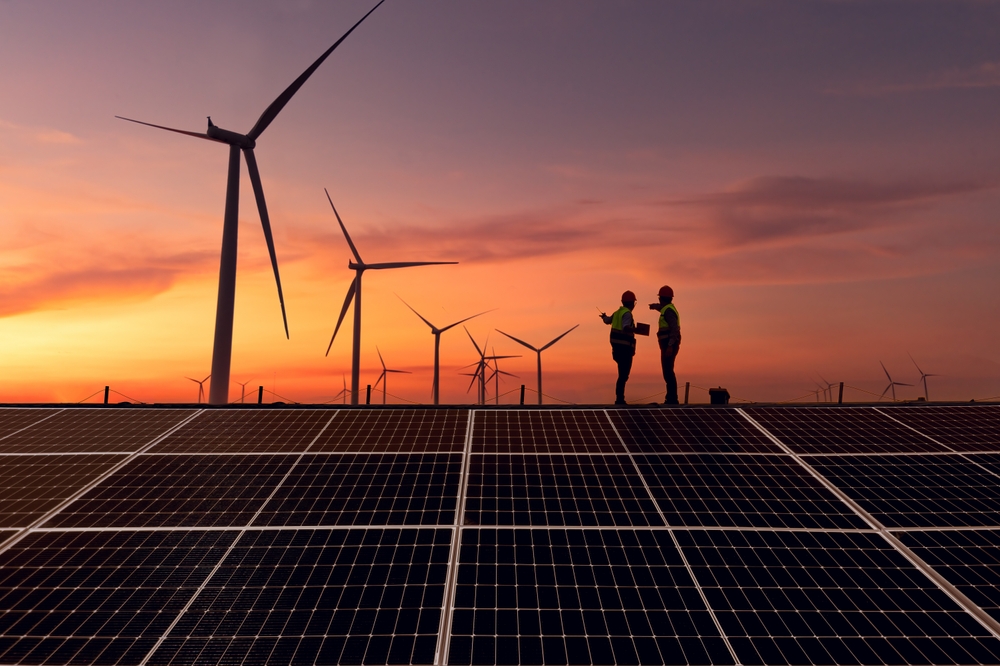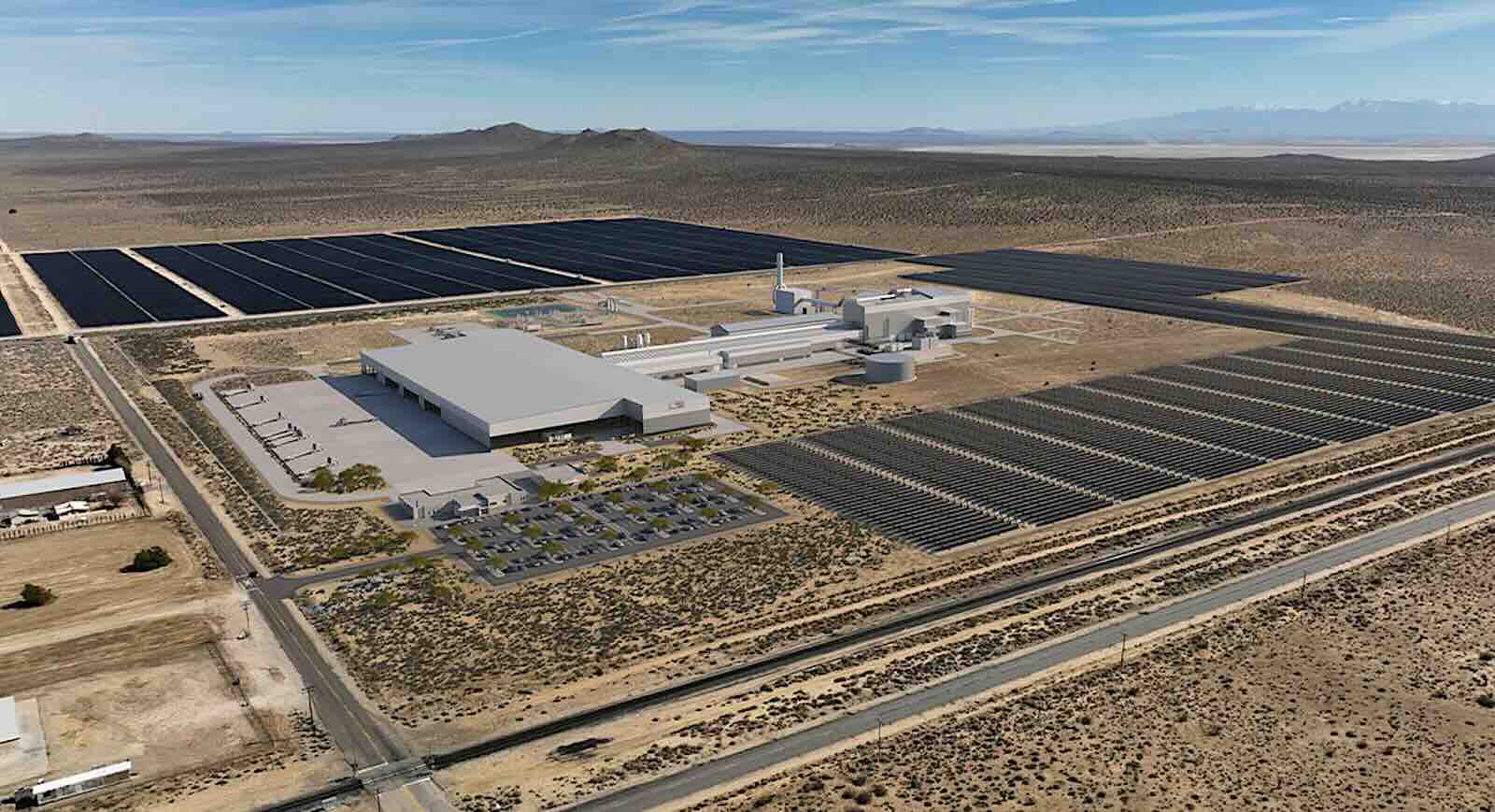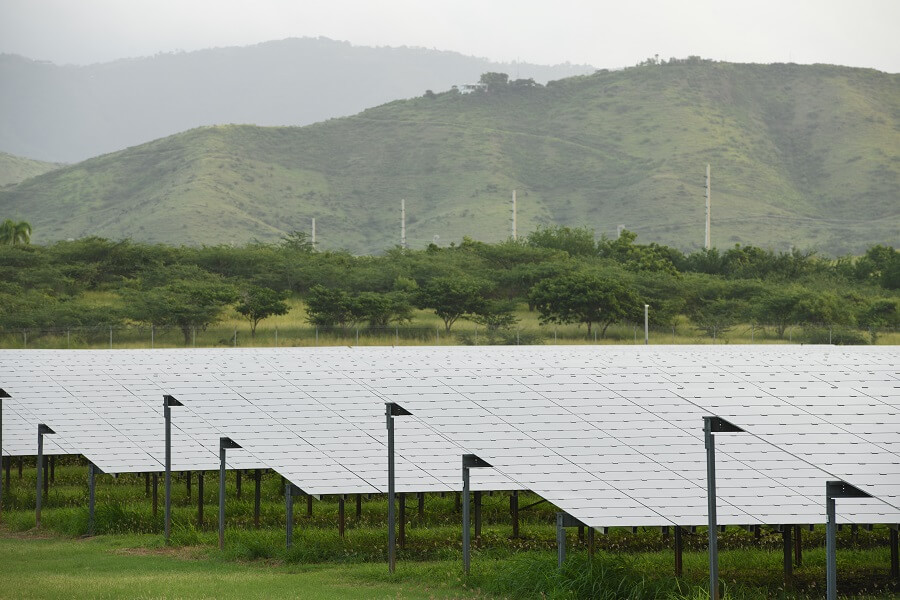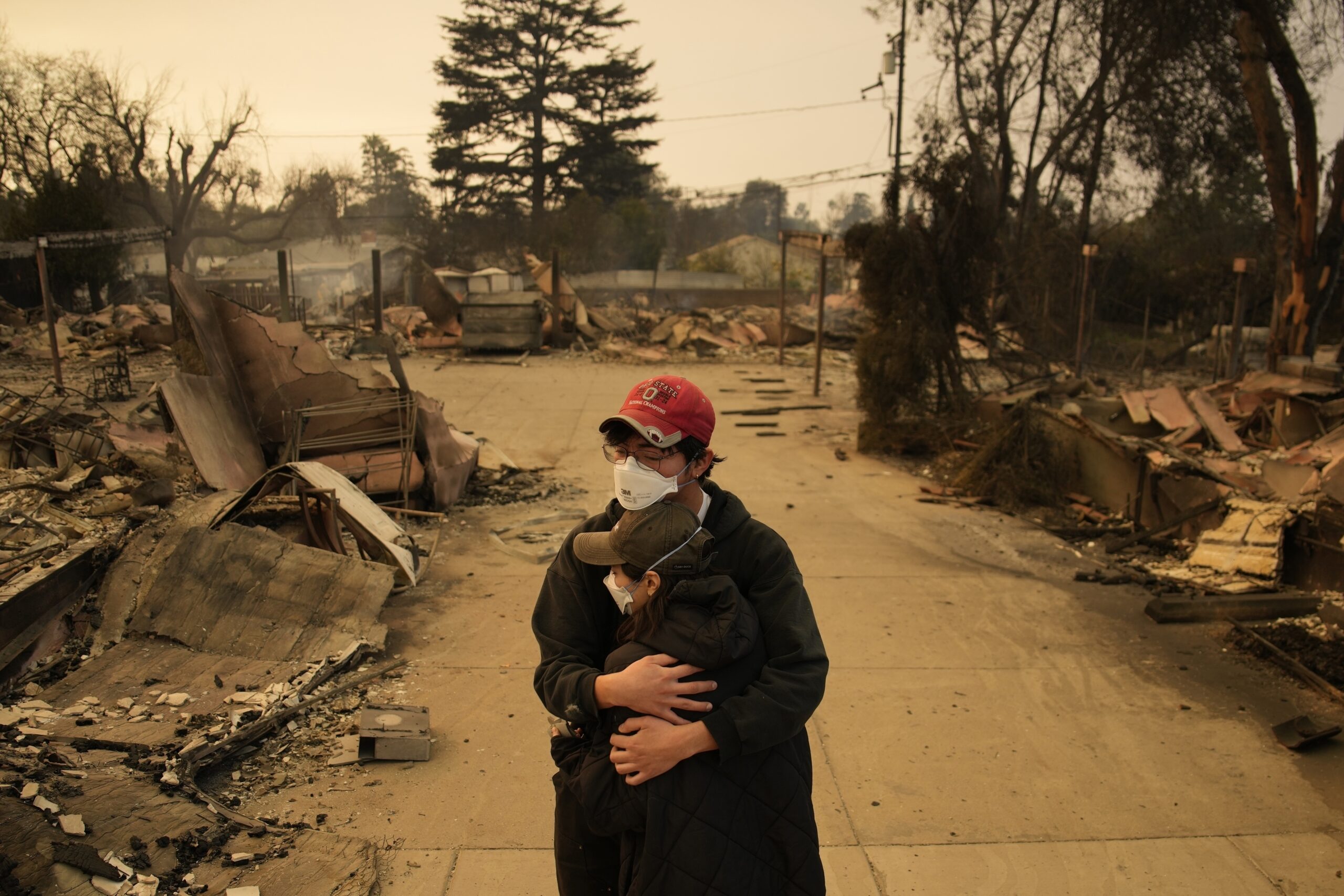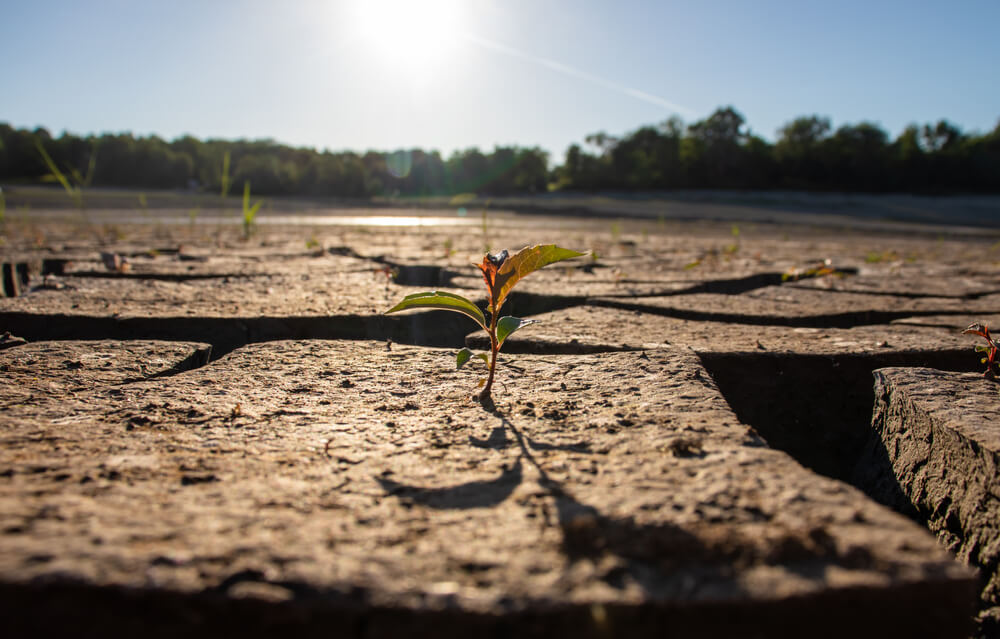ImpactAlpha, Jan. 25 – Are carbon markets a key pillar of climate finance, or an empty exercise in double-counting and greenwashing?
After soaring in 2021, voluntary markets for carbon credits slumped last year after a series of reports and investigations took aim at the quality and integrity of the projects underlying the credits.
Overall demand for such credits, which represent (or at least purport to) a ton of carbon emissions avoided or removed from the atmosphere, dropped by 4%, according to a new carbon market outlook by BloombergNEF. Credits that avoid deforestation plunged by 40%.
The downturn has spurred debate over whether the purpose of the voluntary carbon markets – as opposed to government-mandated ‘cap and trade’ markets – is solely to help companies meet their net-zero goals, or also to drive revenues for projects that restore mangroves and peat bogs, preserve forest land and local livelihoods, retrofit housing in low-income communities and deliver other social and environmental benefits.
“Last mile finance” from carbon credits to countries in the global south is in desperately short supply, especially as wealthy nations fail to deliver on climate finance pledges to poorer ones, says Sandeep Roy Choudhury of VNV Advisory, a project developer of “community-based climate change interventions” in Bengaluru, India.
“Carbon markets often provide incentives and financing for the most downtrodden and the first responders to climate change,” Choudhury wrote in a post on LinkedIn responding to recent media criticism.
Such co-benefits from carbon credits can add value beyond their strict carbon-reduction performance. For example, Blocpower, the Brooklyn-based home energy retrofitter, is creating what it calls “environmental justice carbon offsets” generated by energy savings, emission reductions and other co-benefits of its retrofits in low-income communities.
Annual market demand now stands at around $2 billion, but an analysis from the We Mean Business Coalition gives a sense of the scale of the opportunity: if 1,700 of the world’s highest emitting companies offset just 10% of their emissions through carbon credits, they could mobilize $1 trillion by 2030.
Deforestation risk
The concerns about credit quality, and charges of outright greenwashing, have struck most directly to projects rated under the REDD+ standard (for Reducing Emissions from Deforestation and forest Degradation and enhancing forest stocks).
Would the forests have been cut down without the investment? And what happens when the forests burn, as happened when a wide swath of REDD+ forest credits went up in smoke during the wildfires that swept through the Pacific Northwest two years ago?
As if on cue, an expose by the Guardian claims that 94% of forest-based carbon credits issued by Verra, a carbon credits standards setter and registry, are effectively worthless – a charge that Verra strongly denies. At issue are how baseline deforestation scenarios, which help measure how much deforestation a project avoids, are calculated. Critics say project developers in many cases overstate the risks to the forests they purport to be conserving, inflating the carbon savings by counting trees that wouldn’t have been cut down anyway.
It doesn’t help that crypto companies bought up millions of cheap, low-quality credits and tokenized them, creating demand for even more cheap credits (crypto firms have since been banned from registries like Verra, further adding to last year’s slump).
The latest charges have sparked an impassioned debate on the proper role of carbon credits and how to improve them. Yes, there are loopholes that have allowed some companies to wrap themselves in a green mantle while continuing to pollute, and profits that have been generated from bogus carbon reduction projects. But with appropriate guardrails in place, advocates argue, carbon markets are a valuable tool that can give countries, communities, and landowners an incentive to preserve natural assets and speed the transition to a net-zero economy.
Projects that claim to save forests from being cut down (REDD+) make up the vast majority of carbon credits issued to date. But credits are also generated by replanting forests, sustainable agriculture that helps soil sequester carbon, and adding renewable energy capacity.
“Let’s just say we reject a lot more projects than we accept,” said David Bochner of Pachama, a provider of nature-based credits backed by Breakthrough Energy Ventures and lowercarbon capital. “But it does get frustrating when the hit pieces focus on the negative and want to throw the baby out with the bathwater.”
Research from Sylverra, a carbon credit rating firm, found that some 30% of REDD+ credits were of high-quality – more than The Guardian analysis but still a fraction of the overall market.
Credit integrity
The criticisms, while warranted in some cases, contribute to a wholesale erosion of faith in carbon markets, said Bloomberg NEF’s Kyle Harrison, the lead author of the firm’s carbon market outlook.
“Today’s offset market, built mostly on bilateral transactions for cheap credits, is potentially digging its own grave,” said Harrison. “Buyers need transparency, clear definitions around quality and easy access to premium supply, or future years will resemble what we saw in 2022.”
Several groups are working on standards that would help weed out low-quality credits, including the Integrity Council for the Voluntary Carbon Market and the similar-sounding Voluntary Carbon Market Integrity Initiative (one is focused on buyers of credits and the other suppliers). The Tropical Forest Credit Integrity Guide helps corporate buyers differentiate between forest carbon credits and brings in the voice of indigenous and local communities.
“Carbon credits are part of the solution,” says the Rockefeller Foundation’s Maria Kozloski. Rockefeller is teaming with U.S. climate envoy John Kerry and the Bezos Earth Fund to create a framework for high-quality credits generated by the retirement of fossil fuel plants in emerging markets and their replacement with renewable energy.
In particular, the Energy Transition Accelerator is defining standards for a new type of credit that can be generated from decommissioning coal plants, Kozloski told ImpactAlpha. “There is not an agreed framework for how you do this with coal,” she said.
The LEAF Coalition, a public-private initiative launched two years ago ahead of the COP26 climate summit, is working with countries such as Ecuador to develop high integrity REDD+ emissions reduction credits that corporate partners can purchase to compensate for their emissions. Even private equity giants like TPG Rise see a carbon market play.
Premium prices
The highest-price credits are generated by emerging technologies that can measurably suck carbon from the air. Climeworks, a Swiss startup that has raised more than $780 million and sold high-priced carbon credits to early buyers like Micrososft and Shopify, has begun removing carbon from the air and storing it underground.
In its report, BNEF maps out different scenarios for carbon markets. If companies are allowed to purchase low-quality carbon offsets to achieve their net-zero goals, the oversupply would depress prices to an average of $18 a ton through 2050.
If only credits that remove carbon from the atmosphere are allowed, whether nature- or technology-based, the market would be much tighter. Carbon offset prices would soar above $250 per ton with the annual market reaching nearly $1 trillion by midcentury.
That would incentivize companies to invest not in offsets, but in actual decarbonization of their own operations – which, after all, is the point.




